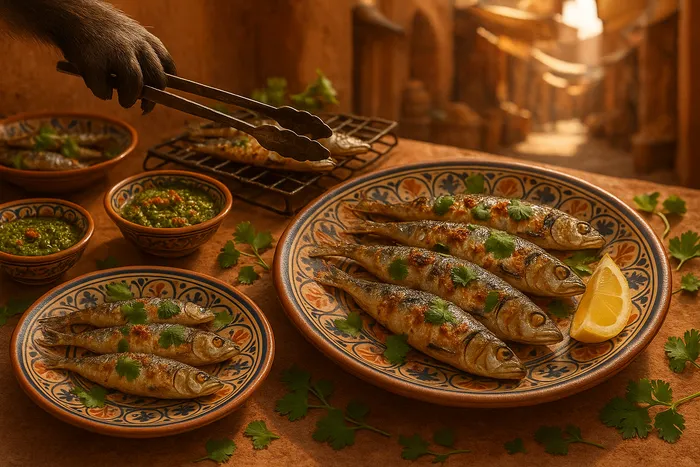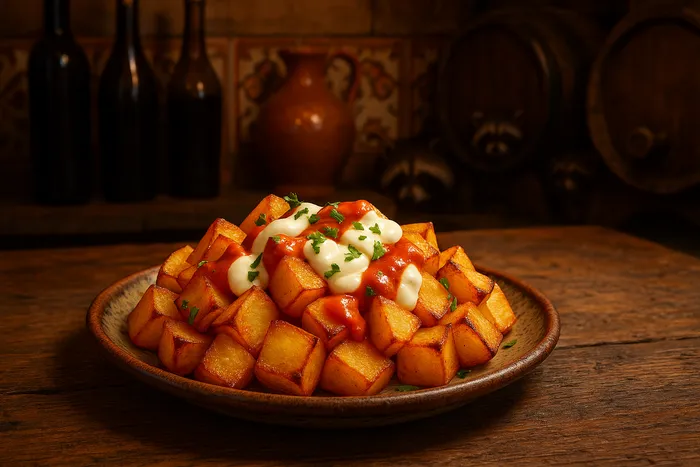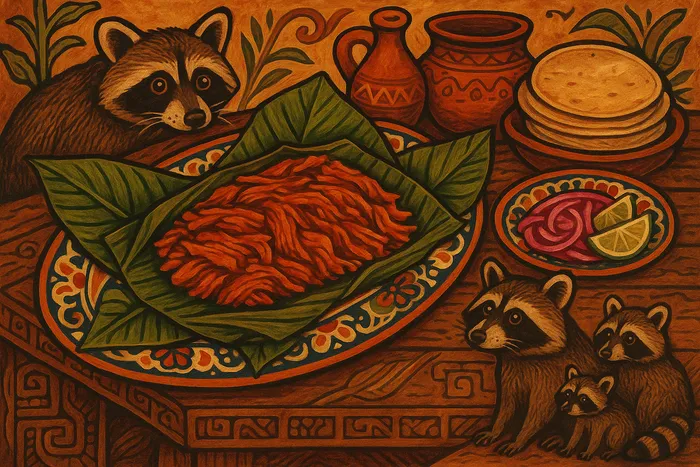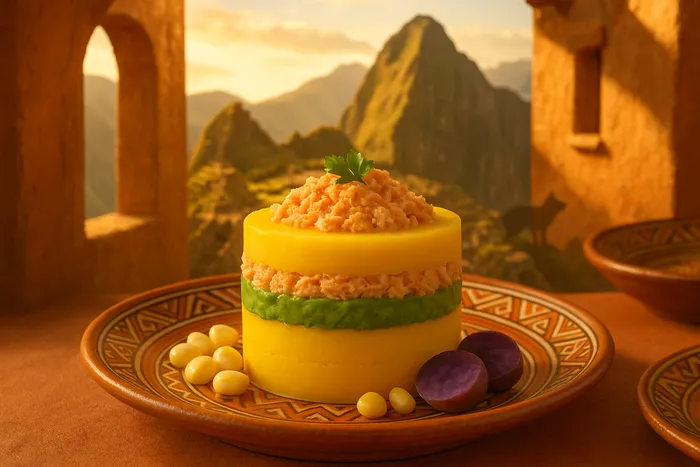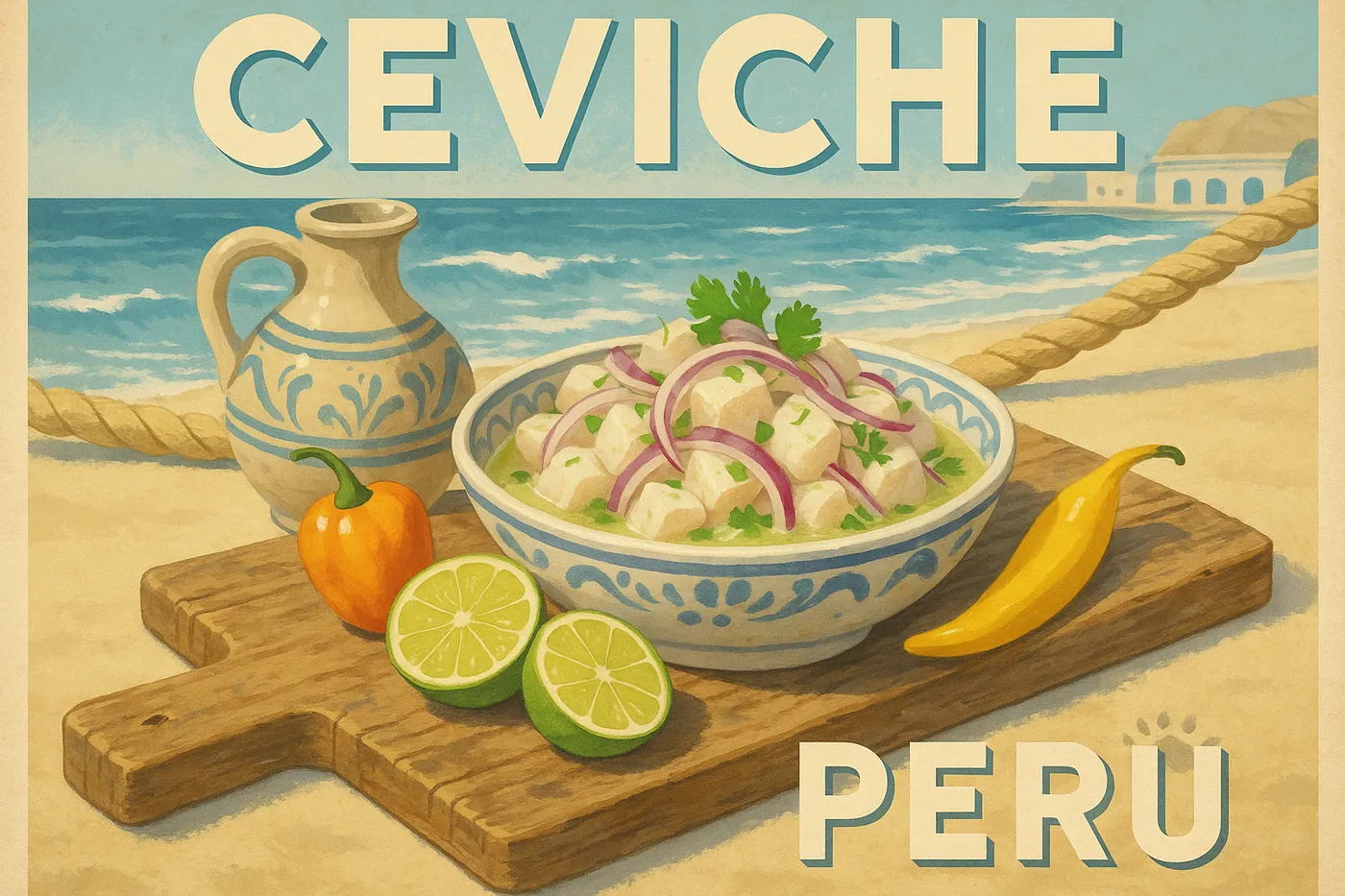
Fresh fish "cooked" in lime juice sounds simple until you realize how precise the timing needs to be. Fifteen minutes in citrus acid—no more, no less—transforms raw fish into something tender and bright, but go too long and you've got fish jerky.
Ingredients
🐟 500g very fresh white fish (sea bass or flounder)
🍋 8-10 key limes (Peruvian limón)
🧅 1 red onion, thinly sliced
🌶️ 1-2 ají limo or habanero, minced
🧂 Salt to taste
🌿 Fresh cilantro
🌽 Boiled sweet potato (camote)
🌽 Boiled large-kernel corn (choclo)
🌽 Toasted corn kernels (cancha)
Ceviche Timing Guide
timeline
title Critical Ceviche Timeline
"0:00" : Cut fish 2cm cubes
"0:02" : Salt fish & wait
"0:04" : Squeeze limes
"0:05" : Add lime juice & chili
"0:20" : Add onions
"0:22" : Garnish & serve immediately
Fish Doneness Guide
flowchart TD
A[Start: Raw Fish] --> B[5 min in lime]
B --> C{Check Color}
C -->|Still translucent| D[Continue 2-3 min]
C -->|Edges white, center pink| E[Perfect - Almost Done]
D --> F[8 min total]
F --> G{Check Again}
G -->|Opaque outside| E
G -->|Still raw center| H[2 more minutes MAX]
E --> I[15 min MAX - STOP]
H --> I
I --> J[Add onions & serve]
K[DANGER ZONE] --> L[Over 15 min = Rubbery]
style A fill:#FFD93D
style E fill:#69DB7C
style I fill:#4DABF7
style L fill:#FF6B6B
style K fill:#FF6B6B
Instructions
-
Prepare the fish: Cut fish into 2cm cubes. The size matters - too small and it overcooks, too large and the lime won't penetrate evenly.
-
Salt the fish: Season with salt and let sit for 2 minutes. This firms up the flesh.
-
Prepare leche de tigre: Squeeze limes to get about 1 cup juice. In Peru, they use a special citrus press to extract maximum flavor.
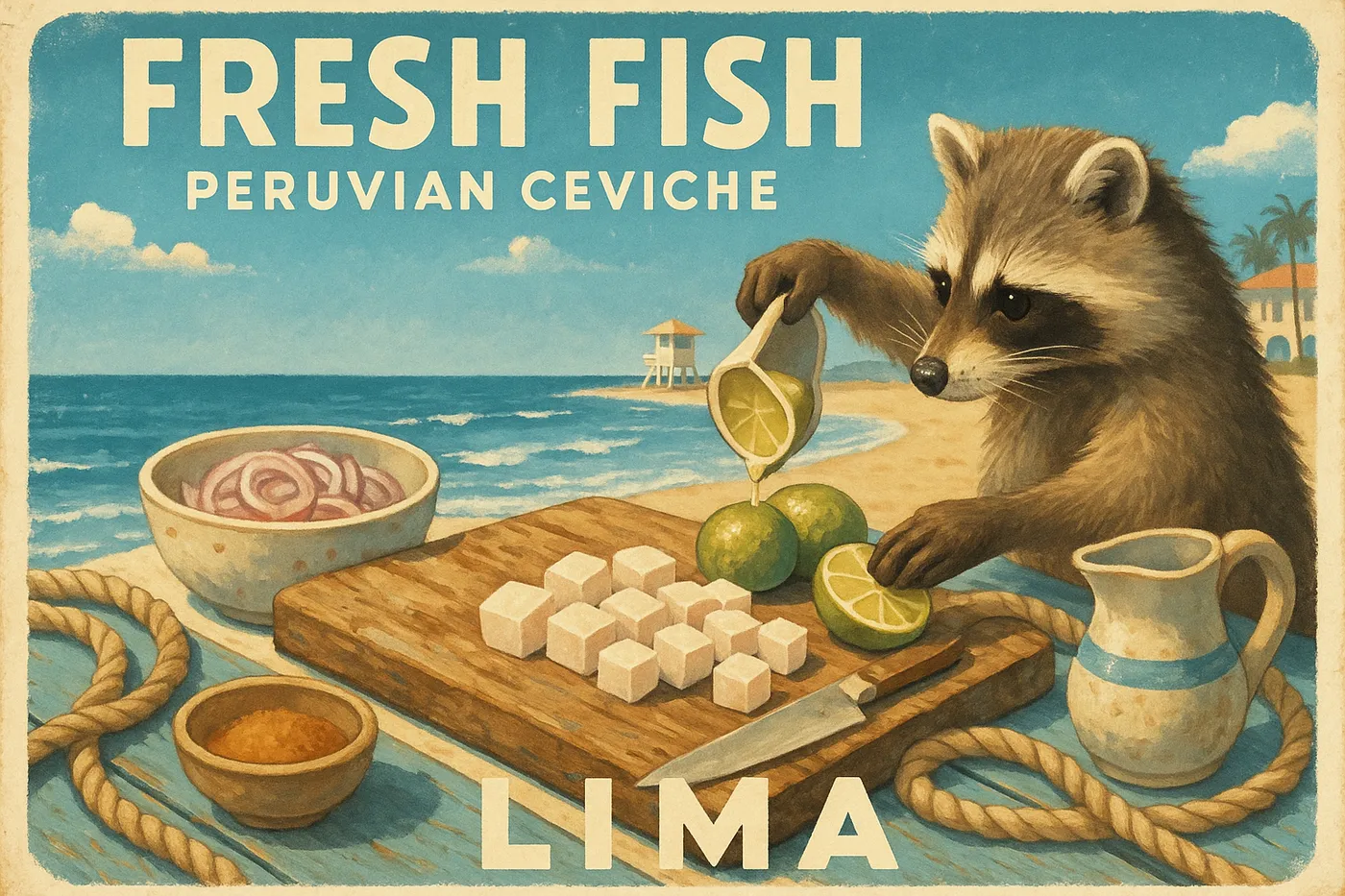
-
Quick cure: Pour lime juice over fish. Add minced chili. Mix gently and let sit for exactly 15 minutes - no more! The fish should be opaque outside but still tender inside.
-
Finish: Add sliced onions in the last 2 minutes. Garnish with cilantro.
-
Serve immediately: Place in bowls with sweet potato, corn, and cancha on the side.
The Rules of Ceviche
- Never make ceviche after noon - Peruvians believe fish loses freshness
- Don't over-marinate - 15 minutes maximum for cubed fish
- Save the leche de tigre - The leftover marinade is a hangover cure
- Use real key limes - Regular limes are too mild
Variations
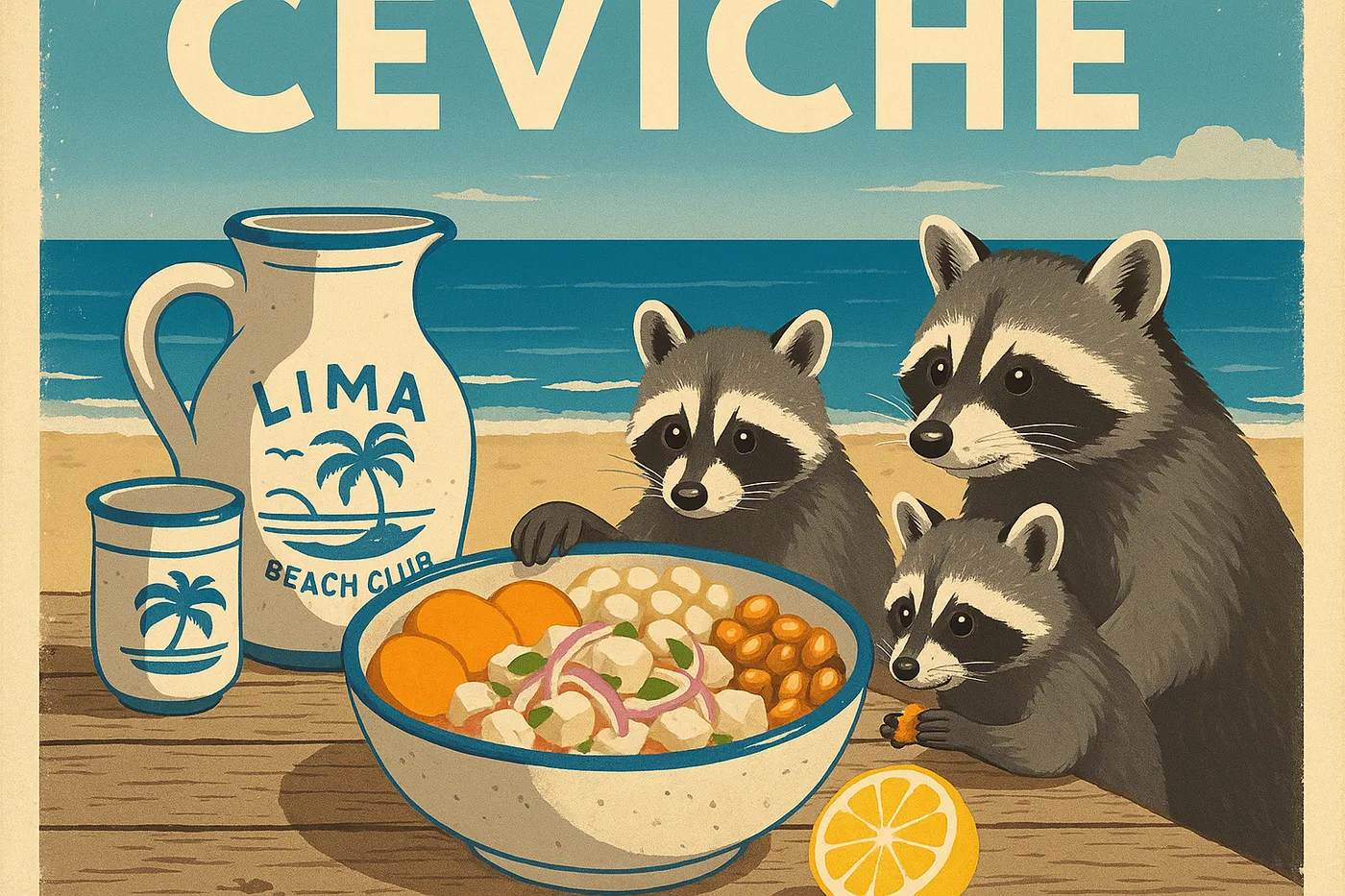
- Ceviche mixto: Add shrimp, squid, and octopus
- Ceviche de conchas negras: Black clams from Tumbes
- Nikkei style: Add soy sauce and ginger - see Tiradito Nikkei
Notes
The best ceviche I ever had was at a tiny stand in Chorrillos fish market at 10 AM. The vendor cut the fish to order and mixed everything in front of me. That experience inspired my Lima Ceviche Trail.
For more on Peru's incredible seafood culture, check out my guide to Peru. The biodiversity of their ocean creates flavors you won't find anywhere else.
This recipe showcases the ancient technique of acid-curing found in my Salt stories collection — how salt and acid transform raw ingredients through chemistry rather than heat. If you enjoy ceviche, try Tiradito Nikkei for a Japanese-influenced version, or explore other Peruvian classics like Lomo Saltado.





